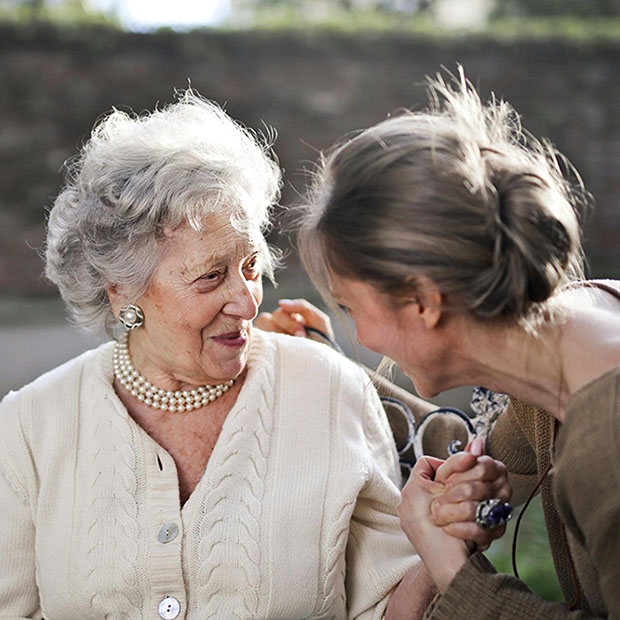February is Age-related macular degeneration (AMD) awareness month. AMD is a leading cause of permanent vision loss for people over fifty. This a great time for education, awareness, and a reminder to get your eyes check annually.
AMD is a common condition that affects the middle part of your vision. It usually first affects people in their 50s and 60s. It does not cause total blindness, but it can make everyday activities such as reading and recognizing faces difficult. It’s the slow loss of central vision occurs due to the deterioration of the macula, the part of the retina with the highest concentration of photoreceptor cells and the part that gives us our detailed central vision. Beyond a certain point, AMD can make it difficult or impossible to perform close-up tasks. It would also be incredibly unsafe to drive.
Symptoms and Their Gradual Onset
AMD doesn’t come with a clear warning sign like pain. The early stages may not have any symptoms noticeable by the patient, making it easy to remain undetected until the advanced stages. This is a particular risk for patients who never see an eye doctor unless they need a glasses prescription update. As AMD begins to cause vision loss, things can look warped or dull, and dark, blurry patches can develop in the central vision.
Identifying Risk Factors
As indicated by the name, age is the biggest risk factor of AMD, and, along with race and genetics, it’s not a factor we can change or control. Compared to other races, white people are most at risk of developing AMD, and you should find out if AMD runs in your family. One risk factor we can absolutely control is smoking, which greatly increases the risk of AMD.
Dry and Wet AMD: Understanding the Difference
9 out of 10 cases of AMD are dry AMD, which happens when the tissues of the macula thin over time while drusen (a fatty substance) builds up within it. This is a less serious form of AMD, but it can eventually progress into wet AMD. Wet AMD has something in common with diabetic retinopathy: the body attempts to repair the retina by growing new blood vessels to strengthen the blood supply, but these new blood vessels are unstable and prone to leaking. They leave the macula scarred and contribute to vision loss. This form of AMD progresses faster than dry AMD.
Promoting Eye Health with a Healthy Lifestyle
Currently, there is no cure for AMD, but it is possible to slow its progress and protect your eyesight. A healthy lifestyle is incredibly important. Getting the right nutrition by eating things like carrots, leafy greens, eggs, and fish, gives our eyes the building blocks they need to stay healthy, and staying active and avoiding harmful habits like smoking also help.
Early Detection through Regular Eye Exams
Your Most Important Ally Is the Eye Doctor. Early detection is the most important defense against vision loss from AMD and the only way to get it is with regular eye exams, even in times when you aren’t experiencing any symptoms of an eye problem. In particular, anyone over the age of 50 should make it a priority to schedule yearly eye exams.
We appreciate your continued trust and participation in our practice family! For any questions about your eye health, call or text us at 407-292-9812.
Top image used under CC0 Public Domain license. Image cropped and modified from original.
The content on this blog is not intended to be a substitute for professional medical advice, diagnosis, or treatment. Always seek the advice of qualified health providers with questions you may have regarding medical conditions.

